
There are accounts of Malayan history that never made it into the history books, thanks the late Tunku Abdul Rahman, who didn’t think the Malayan populace was ready to digest them.
But the Palace of Johor will likely attest to the validity of the accounts below herein as they concern the awakening of Malay nationalism, an awakening that began with the orang-orang Istana Johor.
TMJ’s great-great-grandfather, Sultan Sir Ibrahim Al Masyhur, was the man indirectly responsible for that awakening.
As we will discover in a later part, it was he who made the call for UMNO to be established.
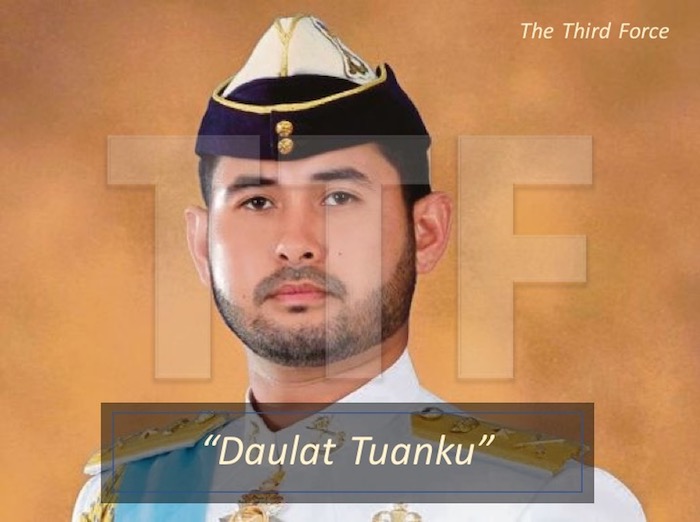
THE THIRD FORCE
Many are under the impression that the invasion of Malaya by the Japanese imperial forces took place after the attack on Pearl Harbour. The misconception arises from the manner in which history was narrated – back in the forties and fifties, historians were simply not familiar with the use of the Greenwich Mean Time (GMT), while the Coordinated Universal Time (UTC) had yet to be invented. As a result, if you were to persist with the history books, you’d be led to believe that the Japanese attacked Pearl Harbor a day prior to the advancement of Nipponese assault units into the heartland of Kota Bharu, the royal seat of Kelantan.
But that’s far from the truth.
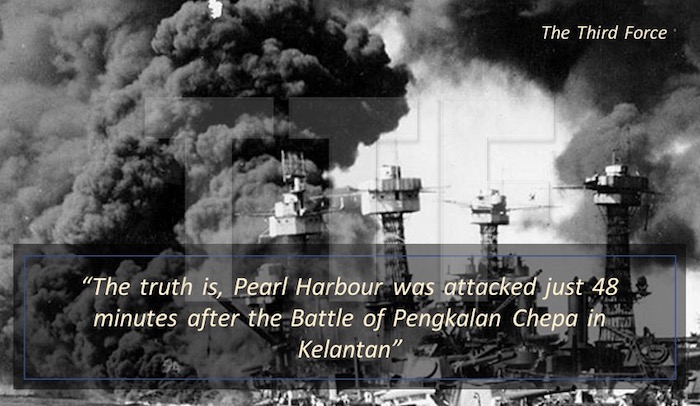
It was the wee hours of the 8th of December 1941 – 00:30 hours, to be precise. The 8th Indian Infantry Brigade of the Indian 9th Infantry Division (Major General A. E. Barstow) had their boots on the ground, supported by four 3.7 inch Mountain Howitzers of the 21st Mountain Battery (Major J. B. Soper). They had on their side the 73rd Field Battery of the 5th Field Regiment, which, in turn, had its back covered by the Dogra (an Indo-Aryan group from India and Pakistan) Regiment under the command of Lieutenant Colonel G.A. Preston.
Colonel Masanobu Tsuji, an officer with the Imperial Japanese Army, once wrote of the Battle of Kota Bharu, saying, “the enemy pillboxes, which were well prepared, reacted violently with such heavy force that our men lying on the beach, half in and half out of the water could not raise their heads.” The Dogras fought violently, though the British version of history conveniently omits the contribution of Gurkha, Sikh and Malay soldiers that front-lined the defence legion to stave off a full scaled invasion. Still, it was an exercise in futility.
By dusk, Japanese troops had forced Brigadier B. W. Key of the 9th Infantry Division to seek a formal withdrawal of British forces. The air strikes ordered by Major-General Hiroshi Takumi to counter the Kota Bharu squadron’s Lockheed Hudson bomber attacks were more than the British could take and led to the invasion of the Kelantan capital. A day later, Takumi estimated that the Kota Bharu incident alone claimed 321 lives and wounded some 500 people or more.
It was official – the Japanese had penetrated the Malay peninsula.
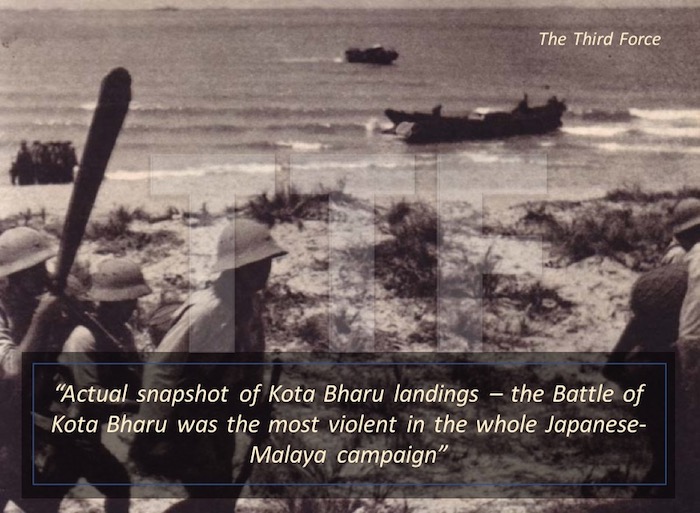
The man behind the invasion was Tomoyuki Yamashita, a general with the Imperial Japanese Army. A month prior to the attack, Yamashita was put in charge of the Twenty-Fifth Army, a splinter unit that was formed on the 5th of July 1941 specifically for the Malayan conquest. Following the Kota Bharu incident, the ambitious general set his sights on Singapore and decided to seek the assistance of Tokugawa Yoshichika, a descendent of the famous Tokugawa clan that traced its ancestry to the shoguns (military dictators) of Japan.
Tokugawa was a close personal friend of the late Sultan Sir Ibrahim Al Masyhur, the great-great-grandfather of Tunku Ismail Idris, the present Tengku Mahkota of Johor. Tokugawa’s friendship with Sir Ibrahim predated to 1921, the year the businessman-cum-spy first visited Johor. The duo took to each other almost instantly, due in part to their shared interest in tiger hunting and Tokugawa’s remarkable grasp of the Malay language.
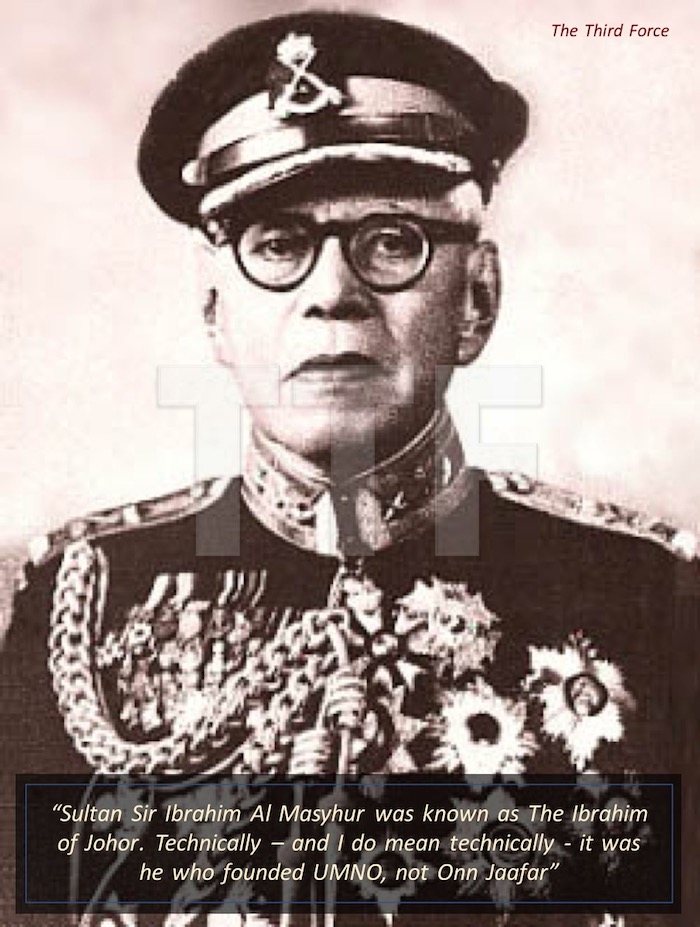
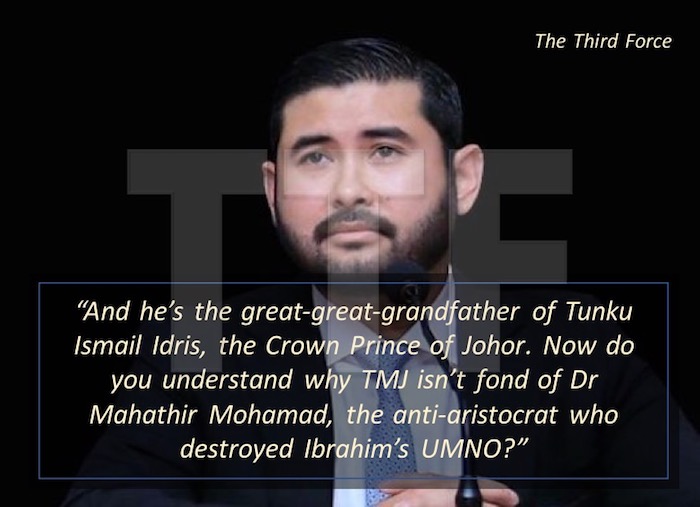
Tokugawa’s friendship with the TMJ’s great-great-grandfather paved the way for Japanese businessmen to invest in tin mines and Johor rubber plantations in the mid and late 1920s. When Yamashita’s troops were ready to chart a course for Singapore, the general decided to take a non-confrontational approach with Sir Ibrahim and got Tokugawa to accompany him to Istana Bukit Serene, the royal palace and official residence of the Johor ruler.
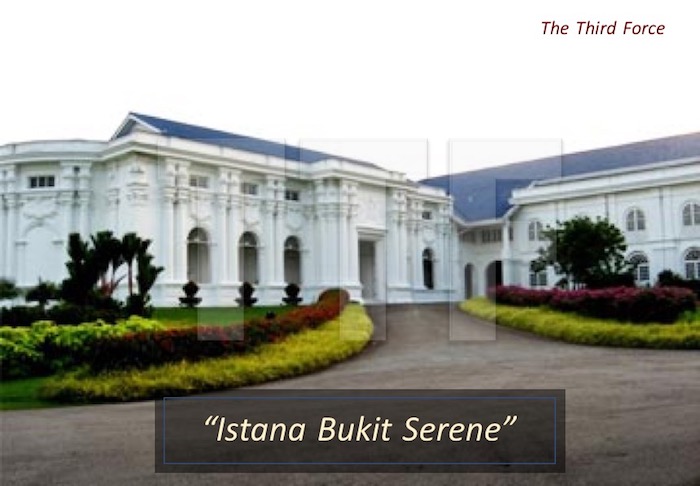
Needless to say, Sir Ibrahim took to Yamashita instantly. Village elders who heard of this were in no way slighted, as traditional Malay customs had it that the ruler did what he did in the best interest of the people. Besides, both Tokugawa and Yamashita seemed open to the idea of a United Malay Sultanate with Sir Ibrahim as its figurehead, an idea the orang-orang Istana (people of the Palace) knew the British would never agree upon. In a sense, Yamashita presented the orang-orang Istana with hope that the Japanese would weave their command base through the fabric of traditional Malay aristocracy, the very fabric that the people of the Palace hoped would regain its long-lost lustre.
At the onset, everything seemed ok.
Yamashita and his men proceeded to set base at Istana Bukit Serene on the pretext of working closely with Sir Ibrahim to plan ahead for Johor. But little did the ruler know that the general had quietly planned with Tokugawa to use the Palace as headquarters to finalise blueprints on “mission Singapore.” In a sense, Istana Bukit Serene was meant to springboard the Twenty-Fifth Army’s ambitions towards the southernmost state, a much sought after trade entrepôt that the Japanese needed to conquer just to safeguard the Malacca Straits.
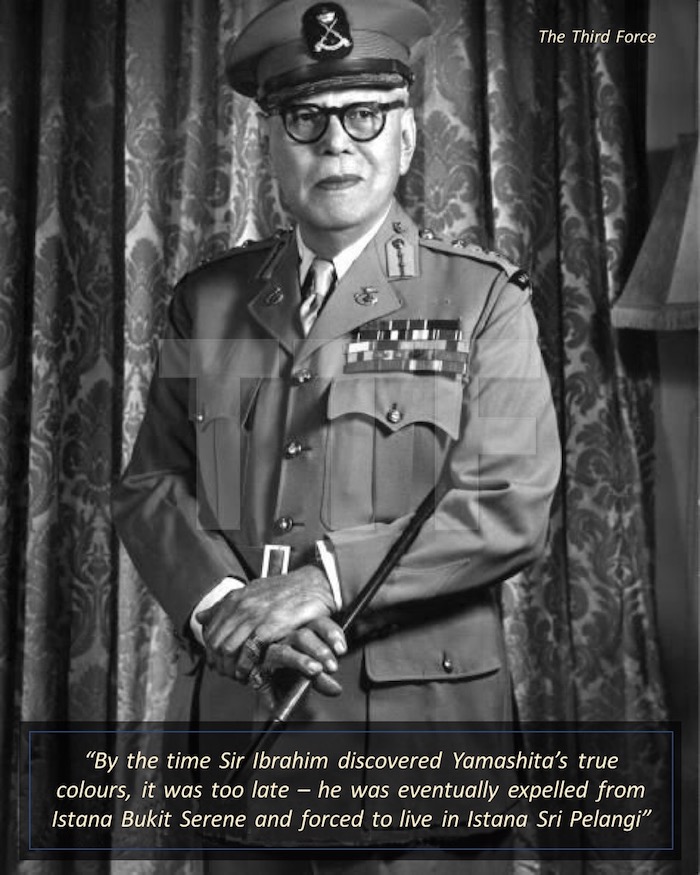
Still, the fact that Yamashita was receptive to the idea of a United Malay Sultanate at the onset triggered the sensibilities of the orang-orang Istana the same way the attack on Pearl Harbor jolted the United States. In the case of the Americans, it awakened the sleeping tiger within and led to the rise of the United States as the world’s foremost military power. In the case of the orang-orang Istana, it pervaded their conscience with a sense of nationalism that went on to play a huge role in the establishment of UMNO.
And to think that the very Yamashita who awakened that sense of nationalism was assigned to Johor by the very Yamamoto who ordered the attack on Pearl Harbour…
To be continued…



